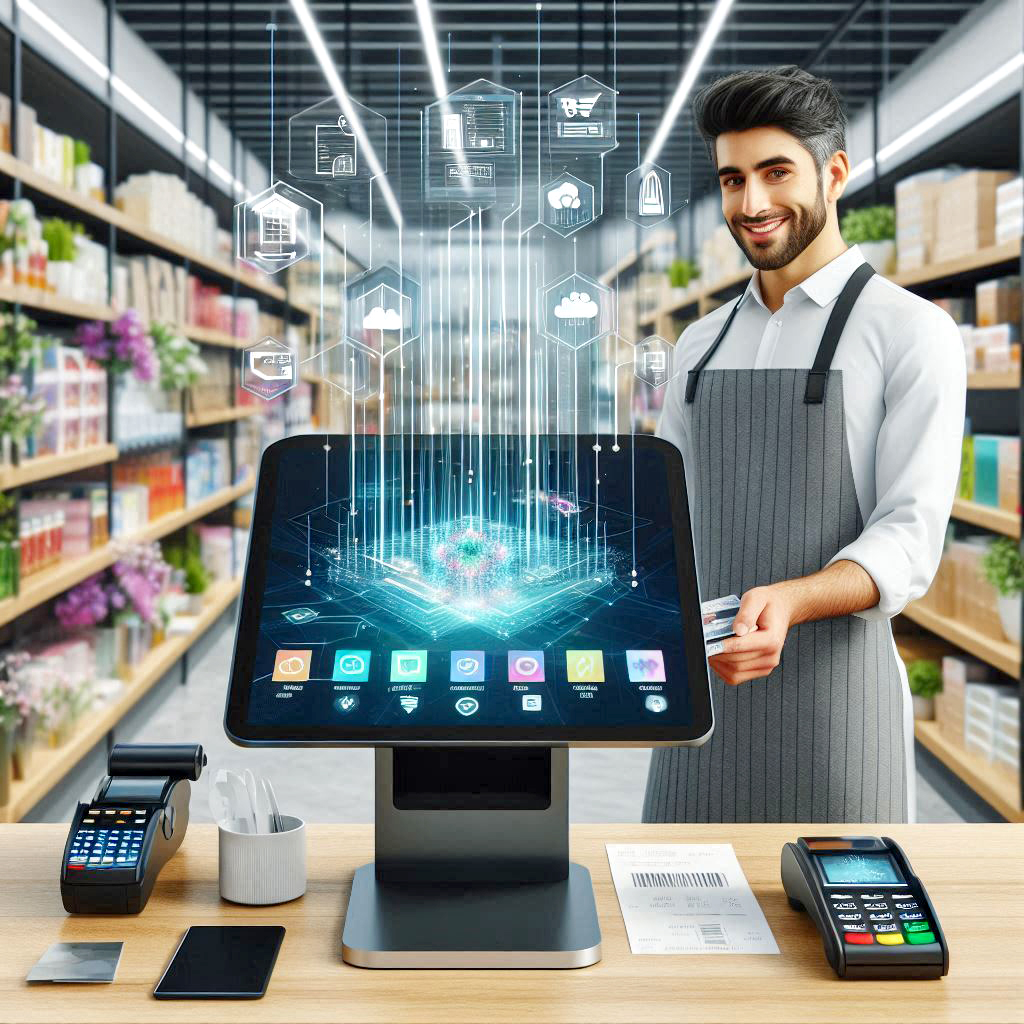
In today's fast-paced retail environment, efficiency, accuracy, and customer satisfaction are paramount. One of the critical components driving these factors is the Point of Sale (POS) system. This article delves into what POS systems are, their evolution, the various types available, and their significant impact on modern retail.
A Point of Sale (POS) system is the place where a retail transaction is completed. It is the point at which a customer makes a payment in exchange for goods or services. Traditionally, this involved a simple cash register, but modern POS systems are much more sophisticated, integrating software and hardware to manage sales, inventory, customer data, and more.
The journey of POS systems from mechanical cash registers to today's integrated digital platforms reflects significant technological advancements:
Mechanical Cash Registers (Late 19th Century): The first cash registers were mechanical devices designed to record sales transactions and secure cash.
Electronic Cash Registers (1970s-1980s): These introduced basic digital functionalities, enabling faster transactions and rudimentary sales tracking.
Computer-Based POS (1990s): With the advent of personal computers, POS systems began to incorporate software, allowing for more detailed sales analysis and inventory management.
Cloud-Based and Mobile POS (2000s-Present): The latest evolution includes cloud-based systems and mobile POS solutions, providing real-time data access, enhanced mobility, and advanced features like customer relationship management (CRM) and integration with other business systems.
Modern POS systems come in various forms, each suited to different business needs:
Traditional POS Systems: Typically found in brick-and-mortar stores, these consist of a terminal, cash drawer, receipt printer, and barcode scanner. They are ideal for high-volume retail environments.
Mobile POS Systems: These use smartphones or tablets as terminals. They are highly portable, making them perfect for small businesses, pop-up shops, and service providers.
Cloud-Based POS Systems: These systems store data on remote servers, accessible via the internet. They offer flexibility, automatic updates, and can be accessed from anywhere, making them ideal for businesses with multiple locations.
Self-Service Kiosks: Used in environments like fast food restaurants and cinemas, these allow customers to place orders and pay without cashier assistance, enhancing efficiency and reducing wait times.
Modern POS systems offer a wide range of features designed to streamline operations and enhance customer experience:
POS systems have transformed retail operations in several key ways:
Enhanced Efficiency: Automation of sales transactions, inventory management, and reporting reduces manual effort and errors, allowing staff to focus on customer service.
Improved Customer Experience: Faster checkout processes, personalized service through CRM, and diverse payment options enhance overall customer satisfaction.
Data-Driven Decision Making: Real-time data and detailed analytics enable retailers to make informed decisions, optimize inventory, and tailor marketing strategies.
Scalability: Cloud-based POS systems allow businesses to easily scale operations, add new locations, and integrate with other business tools.
Cost Savings: By automating routine tasks and reducing errors, POS systems can lead to significant cost savings in the long run.
The Point of Sale system is no longer just a tool for processing transactions; it is a comprehensive solution that integrates various aspects of retail operations, enhancing efficiency, accuracy, and customer satisfaction. As technology continues to advance, POS systems will undoubtedly evolve further, offering even more innovative solutions to meet the ever-changing needs of the retail industry. For businesses looking to stay competitive, investing in a modern POS system is not just an option but a necessity.